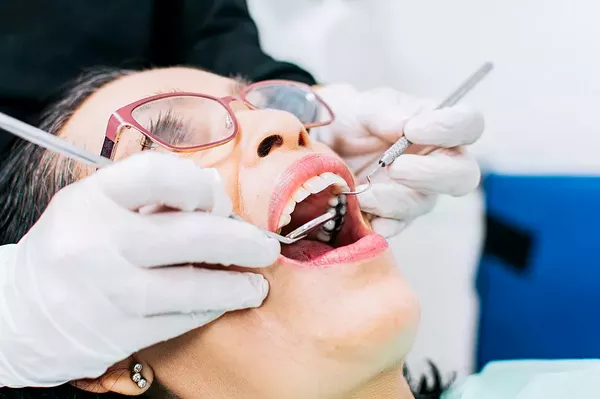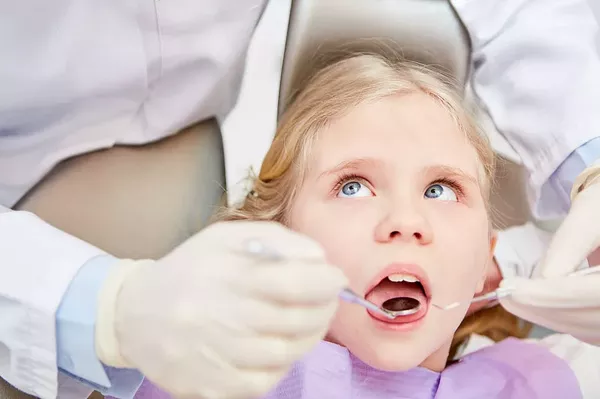Gingivitis, characterized by inflamed and bleeding gums, is an early stage of gum disease that affects a significant portion of the population. While it can be concerning, the good news is that gingivitis is typically reversible with the right approach and consistent oral care. In this article, we will delve into the causes of gingivitis, its signs and symptoms, and most importantly, explore effective strategies to reverse and prevent this common dental condition.
Understanding Gingivitis
Gingivitis is a mild form of gum disease that arises due to the accumulation of plaque—a sticky film of bacteria—on the teeth and gums. Plaque buildup, if not properly removed through regular brushing and flossing, can lead to irritation, inflammation, and bleeding of the gums. Gingivitis is often painless, which makes it easy to overlook. However, if left untreated, it can progress to more severe forms of gum disease, impacting the supporting structures of the teeth and potentially leading to tooth loss.
Signs and Symptoms
Recognizing the signs and symptoms of gingivitis is crucial for early intervention. While some individuals may not experience noticeable symptoms, the following indicators may suggest the presence of gingivitis:
Bleeding Gums: The most common sign of gingivitis is gums that bleed easily, especially during brushing, flossing, or eating crunchy foods.
Redness and Swelling: Inflamed gums that appear red, puffy, or swollen can be indicative of gingivitis.
Bad Breath: Persistent bad breath that doesn’t improve with regular oral hygiene can be a result of the bacteria causing gingivitis.
Tender Gums: Gums that feel tender or sensitive to the touch could be a sign of underlying gum inflammation.
Receding Gums: Gums that are pulling away from the teeth, exposing more of the tooth’s surface, can be a sign of gum disease progression.
Changes in Gum Texture: Gums that appear shiny or smooth instead of firm and textured may signal gingivitis.
Effective Strategies to Reverse Gingivitis
The good news is that gingivitis is reversible through proactive oral care and healthy habits. Here are some strategies that can help you effectively reverse and prevent gingivitis:
Maintain Proper Oral Hygiene: The cornerstone of reversing gingivitis is maintaining excellent oral hygiene practices. Brush your teeth at least twice a day using fluoride toothpaste and a soft-bristle toothbrush. Ensure you brush along the gumline to remove plaque effectively.
Floss Regularly: Flossing is essential for cleaning between teeth and along the gumline, where a toothbrush might not reach. Floss daily to remove plaque and food particles that contribute to gum irritation.
Use Antiseptic Mouthwash: An antiseptic or antimicrobial mouthwash can help reduce bacteria in the mouth and alleviate gum inflammation. Consult your dentist for recommendations on an appropriate mouthwash.
Choose the Right Toothbrush: Opt for a soft-bristle toothbrush that is gentle on your gums. Hard-bristle brushes can cause further irritation to inflamed gums.
Proper Brushing Technique: Use a gentle, circular motion to brush your teeth and gums. Avoid aggressive brushing, as it can harm your gums and enamel.
Professional Dental Cleanings: Regular dental check-ups and professional cleanings are crucial for removing stubborn plaque and tartar buildup. Your dentist can also monitor your oral health and provide guidance.
Address Underlying Health Conditions: Certain medical conditions, such as diabetes, can increase the risk of gum disease. Work with your healthcare provider to manage these conditions effectively.
Healthy Diet: A balanced diet rich in fruits, vegetables, whole grains, and lean proteins can contribute to better gum health. Avoid excessive sugar and sticky snacks that can encourage plaque formation.
Stay Hydrated: Drinking water helps flush away food particles and bacteria, promoting a cleaner mouth.
Quit Smoking: Smoking can exacerbate gum disease and hinder the healing process. If you smoke, consider quitting to improve your oral health.
Monitoring and Prevention
Once you’ve successfully reversed gingivitis, it’s crucial to maintain your oral care routine to prevent its recurrence. Consistency is key. Continue practicing good oral hygiene, attending regular dental check-ups, and staying vigilant for any signs of gum inflammation. Early detection and intervention can prevent gingivitis from progressing to more severe forms of gum disease.
Conclusion
Gingivitis, though common, is a reversible condition that can be effectively managed with proper oral care and healthy habits. By maintaining a consistent oral hygiene routine, making smart dietary choices, and seeking regular dental care, you can not only reverse gingivitis but also prevent its recurrence. Remember, healthy gums are a foundation for a healthy smile, and investing in your oral health now can save you from more complex dental issues in the future. If you suspect you have gingivitis or any oral health concerns, don’t hesitate to consult your dentist for personalized guidance and care.
Related Topics:




























